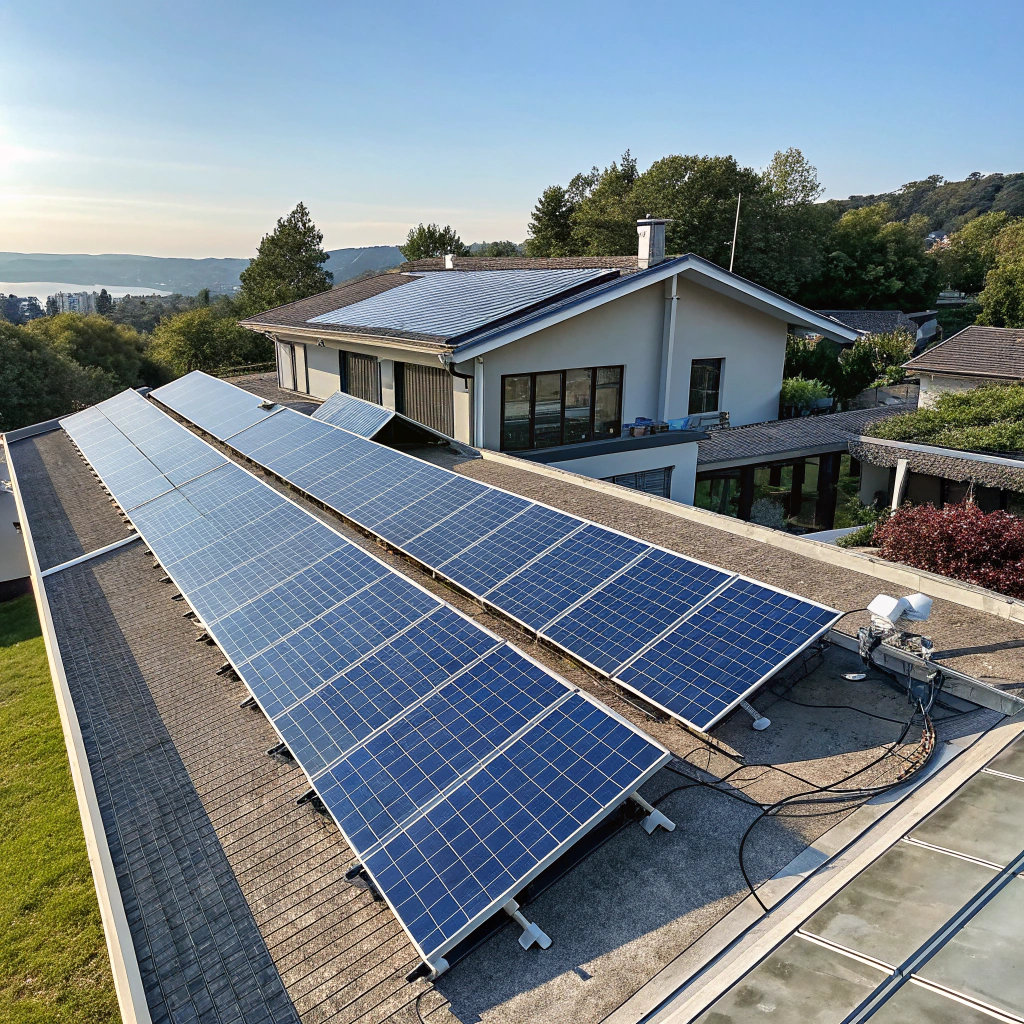Technology-Driven Customized Solar Power Generation System Solutions?
•
Technology-Driven Customized Solar Power Generation System Solutions?
Harnessing the sun's power has never been more efficient. But how can customization take solar energy systems to the next level?
Customized solar power solutions[^1] optimize energy output by tailoring system design to specific environmental conditions and energy needs, ensuring maximum efficiency and return on investment.

While off-the-shelf solar solutions work for basic needs, truly maximizing solar potential requires a bespoke approach. Let's explore how customized system design can revolutionize your energy production.
How Customized Design Enhances System Efficiency and Stability?
Ever wondered why two identical solar installations produce different energy outputs? The secret lies in the details.
Custom solar designs account for local weather patterns, roof angles, and shading to create systems that outperform generic solutions by 15-30% in energy production.
The Science Behind Custom Solar Configuration
-
Site-Specific Optimization[^2]
- Solar azimuth calculations (180°-210° optimal in northern hemisphere)
- Shading analysis using drone mapping technology
- Roof load-bearing capacity assessments
| Factor | Standard Solution | Custom Solution |
|---|---|---|
| Panel Type | 60-cell monocrystalline | Bifacial or thin-film based on space |
| Inverter | Single string | Microinverters for shaded areas |
| Mounting | Fixed-angle | Dual-axis tracking for max exposure |
- Performance Simulation Tools[^4]
- PVsyst software modeling
- 10-year weather pattern integration
- Energy yield predictions within 3% accuracy
Supporting Component Selection: Optimal Matching of Inverters, Batteries and Photovoltaic Panels?
Why do some solar systems underperform despite using premium components? It's all about synergy.
Perfect component matching increases system lifespan by 40% and reduces energy losses by optimizing voltage compatibility, charge rates, and temperature coefficients.
The Component Compatibility Framework
-
Inverter-Panel Matching
- Voltage window alignment (±5% tolerance)
- Power point tracking efficiency
- Nighttime parasitic consumption
-
Battery Integration Principles[^5]
- Depth of discharge (DoD) optimization
- Charge controller synchronization
- Thermal management requirements
-
Performance Benchmarking Table
| Combination | Efficiency Rating | Lifespan (years) |
|---|---|---|
| Tier 1 Panels + String Inverter | 92% | 12 |
| Bifacial Panels + Microinverters | 96% | 18 |
| Thin-Film + Power Optimizers | 94% | 15 |
Technical Adaptation and Optimization[^6] in Different Application Scenarios?
Can one solar design work equally well for a desert farm and a coastal warehouse? Absolutely not.
Scenario-specific solar solutions achieve 25% higher ROI by addressing unique challenges like salt corrosion, dust accumulation, or snow loading through specialized engineering.
Application-Specific Engineering Solutions
| Scenario | Challenge | Custom Solution |
|---|---|---|
| Coastal | Salt spray corrosion | Stainless steel hardware + hydrophobic coatings |
| Desert | Sand abrasion | Anti-soiling coatings + automated cleaning |
| Arctic | Snow loading | 45° tilt + heating elements |
-
Load Profile Optimization
- Commercial: Peak shaving algorithms
- Residential: Time-of-use programming
- Industrial: Demand charge management
- Arid Regions: Monthly dust cleaning cycles
- Tropical Areas: Quarterly corrosion inspections
- Urban Settings: Biannual pollution layer removal
Conclusion
Custom solar solutions deliver superior performance by combining precise engineering with localized adaptation, transforming sunlight into maximum value.
[^1]: Explore how tailored solar solutions can maximize energy efficiency and ROI for your specific needs.
[^2]: Learn about the importance of local conditions in enhancing solar energy production.
[^3]: Discover how matching components can significantly boost the performance and lifespan of solar systems.




